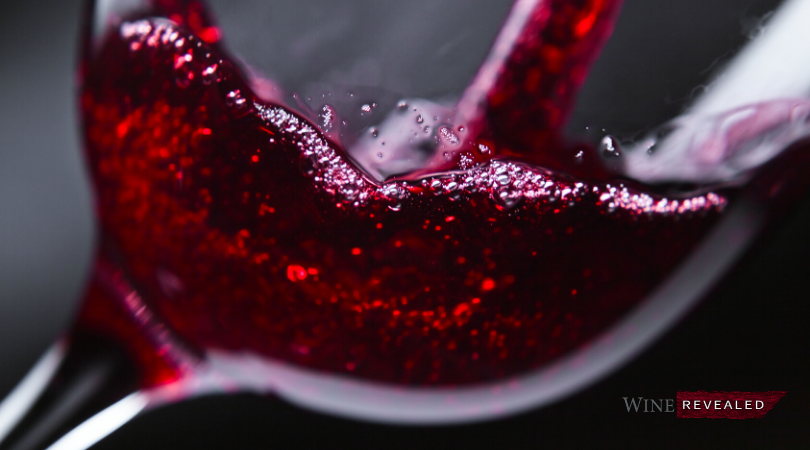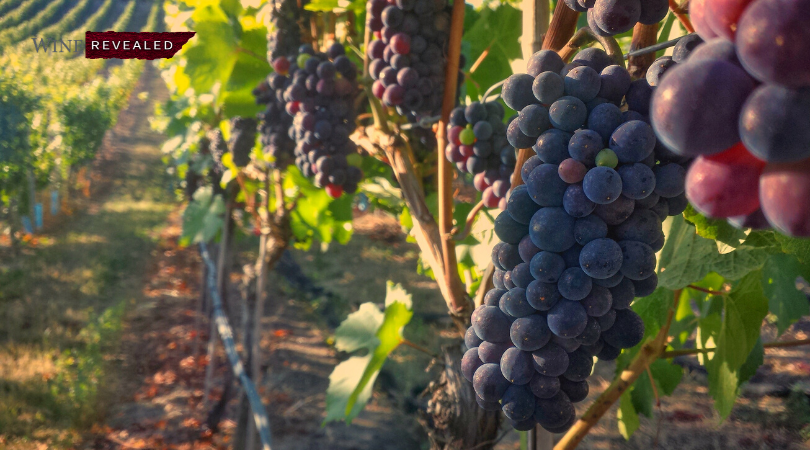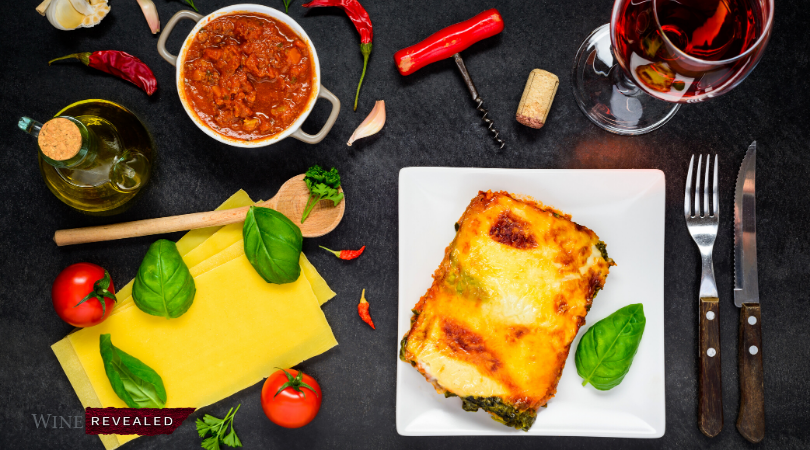What do luxury car lines Ferrari, Ducati, Maserati and Lamborghini all have in common? Each calls Emilia Romagna home. This stunning region has much to boast about: agricultural bonanza, regal palaces, historic cathedrals, luscious and satisfying food, and a reputation as one of the most hospitable and friendly regions of Italy.
Emilia Romagna is also home to Lambrusco, one of the most exported and internationally recognized Italian wine varietals. While once associated with the sweet, fizzy versions that were sold abroad in great quantities, the Lambrusco revolution of recent decades is producing a long list of truly fine wines.
Lambrusco was the number one imported wine in the United States in the 1970s and 80s. It fell out of favor when America’s collective attention turned to California white zinfandels. Now it is poised to make a comeback.

Lambrusco is a red frizzante with gentle carbonation. Today’s Lambruscos are more complex and drier than the ones made in the past, and make an excellent pairing for the region’s lively cuisine. They can be enjoyed throughout the meal or by themselves.
When traveling in Italy, Wine Revealed visited the Medici Ermete Winery to talk with 4th generation owner and winemaker Alberto Medici about his family’s role in the Lambrusco revolution, and to taste some of their spectacular offerings.
His family owns three estates where grapes are grown, for a total of about 80 hectares of land. All of their crop is organic, a commitment that they make to the care of the land and the quality of the product – not a selling gimmick, Medici assures. The signature native grape Lambrusco easily overgrows in the area, and past generations of the family used to focus on high production at the expense of quality.
Alberto’s father was a key participant in the rebranding of Lambrusco in the minds of wine critics and consumers alike. He replanted his vineyard and controlled the quality by controlling quantity, and fought the association of it being a cheap and mediocre product.

Medici added that “There’s been a big revolution, because we completely changed the system of production of this wine. We started treating Lambrusco 30 years ago like any other noble wines that you may produce around the world.”
Lambrusco becomes a sparkling wine through the use of Charmat fermentation, in which the second fermentation takes place in pressurized tanks. This creates larger bubbles. The fermentation is done at a low temperature so that it takes longer and allows winemakers to control the size of the bubbles.
Lambrusco is a frizzante, not a spumanti, due to the lower pressure. This keeps the carbonation very gentle, and makes the wine a good match for any meal.
According to Gian Paolo Gavioli, export manager of Cantine Riunite & CIV, “Lambrusco’s main driver of sales is it’s easy- drinking appeal: a fresh, fruity, bubbly wine that’s low in alcohol, which fits today’s lifestyle. And it’s an everyday drinking style with an excellent price-to-quality ratio.”
Marco Stevanoni of Veneto Ristorante in Salt Lake City, UT also weighs in on today’s Lambruscos and the role of the Medici family in improving their quality, “I think also what this family has done for the mission, for the region, is very important. They have revolutionized and given a new meaning to this wine that was being bastardized, was being looked very bad, and now they are becoming a leader in the future moving forward for techniques and expression of this wine that does not have any boundaries, any limits, and is timeless,… you can enjoy it with no limits.”

One major change in the new system was to get rid of the former ways of planting which utilized very large, tree-like vines. This was the system used by the Etruscans, who also cultivated Lambrusco grapes in this region. It remained popular for a very long time, but changed a few decades ago. The Medici family played a key role in this change that was eventually adopted throughout the region.
There are very different Lambrusco grapes that grow throughout the sub-regions, resulting in several different DOCs. Some are more tannic, and colors vary; sweetness also varies from dry, off-dry to sweet. Medici has estates in different sub-regions, and cultivates the best Lambrusco for each area.
But what is a great glass of wine without just the right food pairing? The region of Emilia Romagna is well-known for iconic Italian foods: lasagne, prosciutto, parma ham, tortellini, and many more dishes. “And Lambrusco matches perfectly with all this stuff,” Medici assures.

The varieties of Lambrusco pair well with any of these foods, even with pizza! Medici adds that “you can enjoy Lambrusco in any occasion.” Regarding the tasty, savory dishes of his region and an ever-present glass of Lambrusco, he goes on to say, “It’s one of the pleasures of life, you know. I think you need to take time for it.”
Lambrusco is meant to be drunk young, and is best served chilled between 55 and 60 degrees. While not as strongly carbonated as spumante or champagne, the wine will still react and foam a bit when the cork is popped. It is best served in a hearty tumbler or white wine glass.
Regarding the future of his estate, Medici says that improvement is ongoing at all times. He feels that the production is balanced, and they are happy with how Lambrusco is evolving in the market: “Being one of the ambassadors of Lambrusco, we find that it’s a product that is having a lot of success around the world.”


Nice post. I be taught something more difficult on different blogs everyday. It is going to always be stimulating to read content from other writers and practice slightly something from their store. I’d prefer to use some with the content material on my weblog whether or not you don’t mind.
After examine just a few of the weblog posts in your website now, and I actually like your way of blogging. I bookmarked it to my bookmark website record and can be checking again soon. Pls try my website as well and let me know what you think.